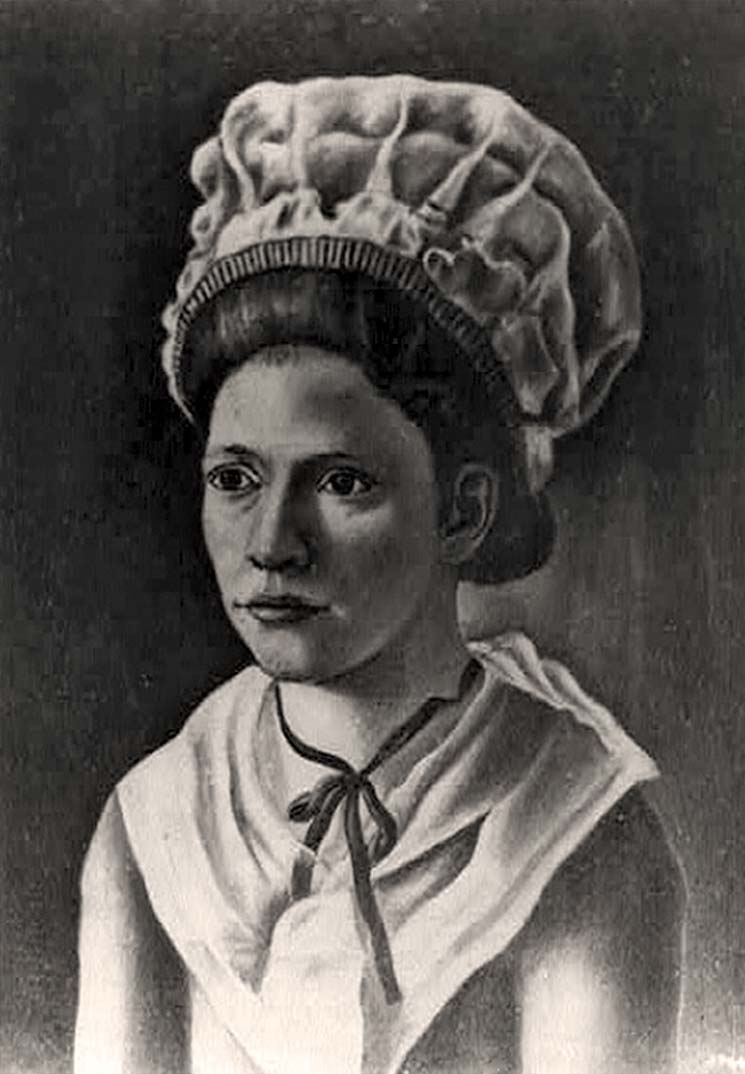Lydia Darragh
A Quaker who spied for the American government during the American Revolution and stopped a surprise attack from the British
The accomplishments of Lydia Darragh were substantial though information on her is slim because she was a woman. Most scholars from that time were men, but we still remember her for what she did to help our country earn freedom.
"The striking fact about the historiography of women is the general neglect of the subject by historians... The number of women mentioned in textbooks of American history remains astonishingly small to this day."
~ Gerda Lerner
Lerner, Gerda. The majority finds its past: Placing women in history. UNC Press Books, 2005.
Lydia Barrington Darragh, born 1729 in Dublin Ireland, was married to William Darragh in 1753. They were married in Dublin, but scholars don't know the exact date of their arrival in America. They made a home in Philadelphia, Pennsylvania, where they had nine children, four of whom died as infants. She was a nurse and a midwife. The Darraghs were in a Quakers in a Quaker community, who generally are pacifists, but the Darragh household supported the Americans.
Accomplishments
Darragh lived across the street from General Howe's headquarters, so the British would sometimes use her house for staff meetings. They held a meeting on the night of December 2, 1777. They told the Darraghs to go to bed, but Lydia stayed awake and overheard their conversation through the door. What she heard was that Howe was going to Whitemarsh with 5,000 men, 11 boats on wagon wheels, 13 pieces of cannon, and baggage wagons.
Darragh conveyed Howe's attack information to Elias Boudinot, an American soldier. In his journal, Boudinot wrote about the encounter: "After Dinner a little poor looking insignificant Old Woman came in & solicited leave to go into the Country to buy some flour—While we were asking some Questions, she walked up to me and put into my hands a dirty old needlebook, with various small pockets in it. surprised at this, I told her to return, she should have an answer—On Opening the needlebook, I could not find any thing till I got to the last Pocket, Where I found a piece of Paper rolled up into the form of a Pipe Shank.—on unrolling it I found information that General Howe was coming out the next morning with 5000 Men—13 pieces of Cannon—Baggage Wagons, and 11 Boats on Wagon Wheels. On comparing this with other information I found it true, and immediately rode Post to head Quarters."
This information prevented a surprise attack from the British.
Boudinot, Elias. "Lydia Darragh Conveys News of Gen. Howe's Movements." The American Revolution, Primary Source Media, 1999. American Journey. Gale In Context: U.S. History, link.gale.com/apps/doc/EJ2153000135/UHIC?u=vol_m58c&sid=UHIC&xid=04577d66. Accessed 3 Mar. 2021.
After the War
Her husband William died in 1783. Three years later, Lydia moved into a new house and ran a store until her death in 1789. In later years, her daughter wrote a book that described Lydia's experiences as a spy.

Lydia Barrington Darragh.
Britannica, The Editors of Encyclopaedia. "Lydia Barrington Darragh". Encyclopedia Britannica, 1 Jan. 2021, https://www.britannica.com/biography/Lydia-Barrington-Darragh. Accessed 24 February 2021.